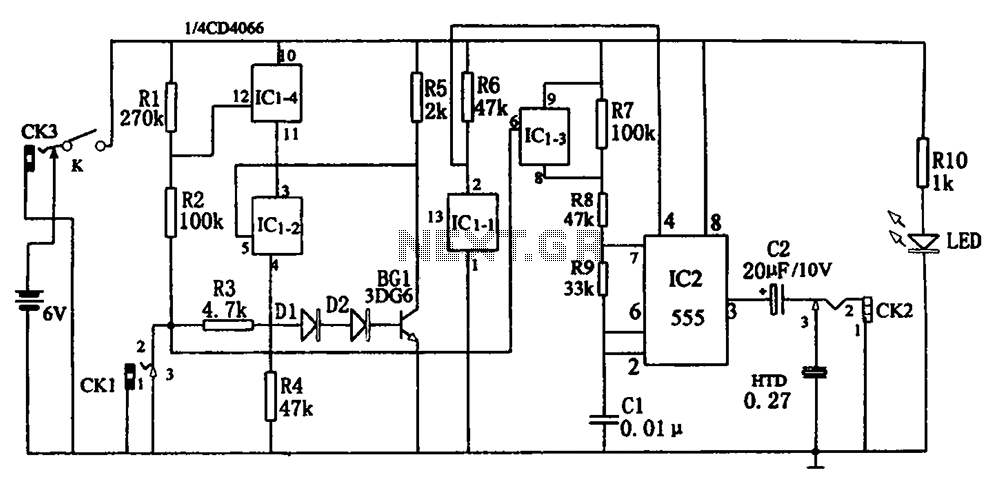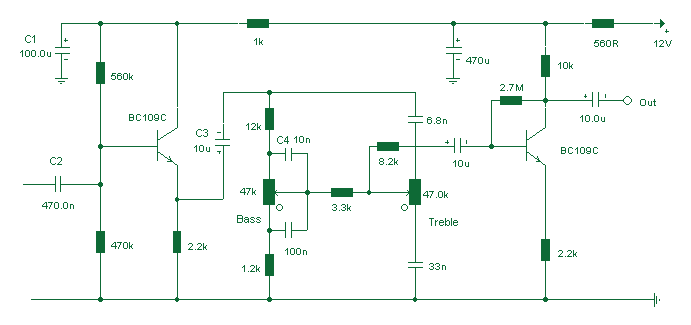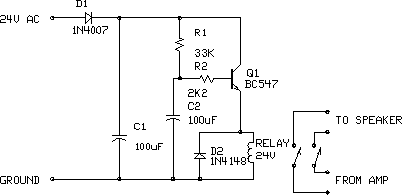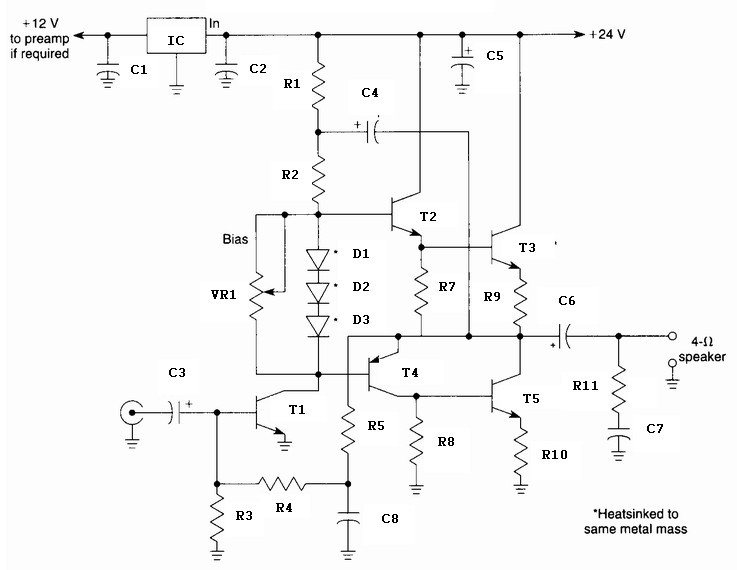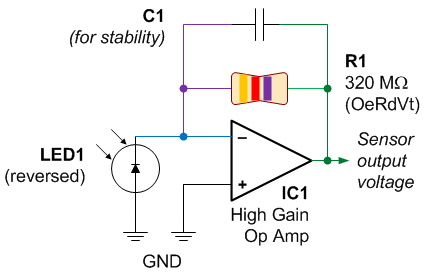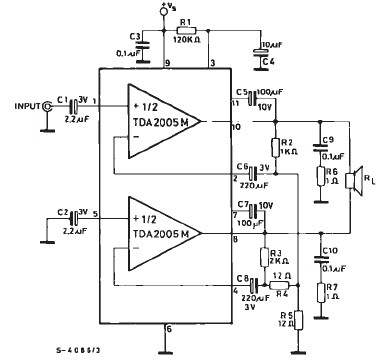
Audio Amplifiers from Class A to T
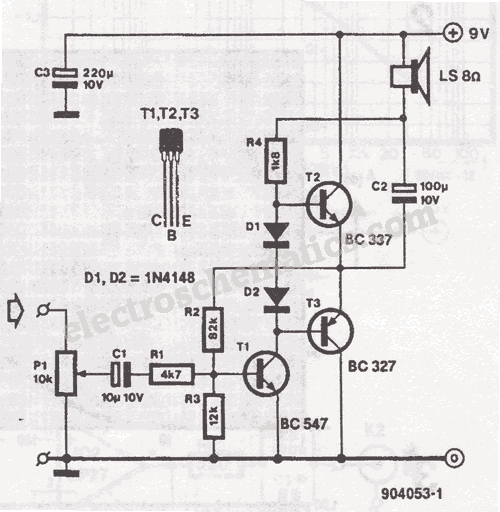
The final amplifier serves as the power source for every audio installation. Its function is to transform a small alternating voltage into a robust signal suitable for driving loudspeakers.
The final amplifier, often referred to as a power amplifier, plays a crucial role in audio systems by amplifying low-level audio signals to a level that can effectively drive speakers. It typically operates in the range of tens to hundreds of watts, depending on the application and speaker requirements.
In a typical configuration, the final amplifier receives an input signal from a preceding stage, such as a preamplifier or audio source device. The input signal is usually a low-voltage alternating current (AC) signal, which the amplifier processes. The amplifier's primary components include transistors or vacuum tubes that serve as the active elements responsible for the signal amplification.
The design of the amplifier may vary, with common classes including Class A, Class B, Class AB, and Class D, each offering different characteristics in terms of efficiency, linearity, and heat generation. A Class A amplifier provides high fidelity but is less efficient, while Class D amplifiers are highly efficient, making them suitable for portable and battery-operated devices.
The output stage of the amplifier is connected to the loudspeakers, where the amplified signal drives the speaker cones to produce sound. This stage must be designed to handle the power levels required by the speakers while minimizing distortion and ensuring a flat frequency response across the audio spectrum.
In addition to the amplification circuitry, the final amplifier may include protection features such as thermal shutdown, short-circuit protection, and overcurrent protection to safeguard both the amplifier and the connected speakers. These features ensure reliable operation and longevity of the audio system.
Overall, the final amplifier is an essential component in audio installations, enabling the transition from weak audio signals to powerful outputs that can fill a room with sound. Proper selection and design of the final amplifier are critical for achieving the desired audio performance and fidelity.The final amplifier is the power source of every audio installation. Its job is to convert a small alternating voltage into a powerful signal for driving l.. 🔗 External reference
The final amplifier, often referred to as a power amplifier, plays a crucial role in audio systems by amplifying low-level audio signals to a level that can effectively drive speakers. It typically operates in the range of tens to hundreds of watts, depending on the application and speaker requirements.
In a typical configuration, the final amplifier receives an input signal from a preceding stage, such as a preamplifier or audio source device. The input signal is usually a low-voltage alternating current (AC) signal, which the amplifier processes. The amplifier's primary components include transistors or vacuum tubes that serve as the active elements responsible for the signal amplification.
The design of the amplifier may vary, with common classes including Class A, Class B, Class AB, and Class D, each offering different characteristics in terms of efficiency, linearity, and heat generation. A Class A amplifier provides high fidelity but is less efficient, while Class D amplifiers are highly efficient, making them suitable for portable and battery-operated devices.
The output stage of the amplifier is connected to the loudspeakers, where the amplified signal drives the speaker cones to produce sound. This stage must be designed to handle the power levels required by the speakers while minimizing distortion and ensuring a flat frequency response across the audio spectrum.
In addition to the amplification circuitry, the final amplifier may include protection features such as thermal shutdown, short-circuit protection, and overcurrent protection to safeguard both the amplifier and the connected speakers. These features ensure reliable operation and longevity of the audio system.
Overall, the final amplifier is an essential component in audio installations, enabling the transition from weak audio signals to powerful outputs that can fill a room with sound. Proper selection and design of the final amplifier are critical for achieving the desired audio performance and fidelity.The final amplifier is the power source of every audio installation. Its job is to convert a small alternating voltage into a powerful signal for driving l.. 🔗 External reference
